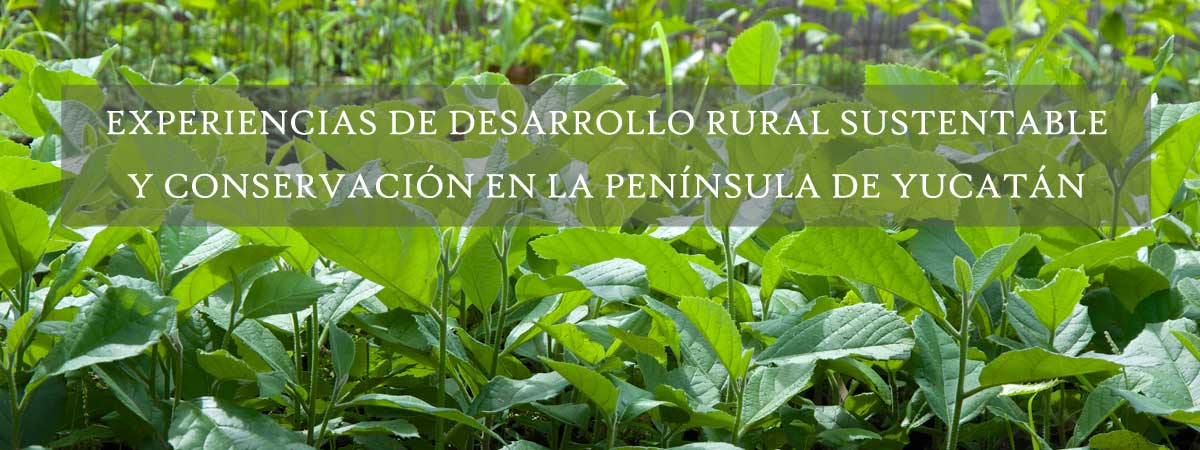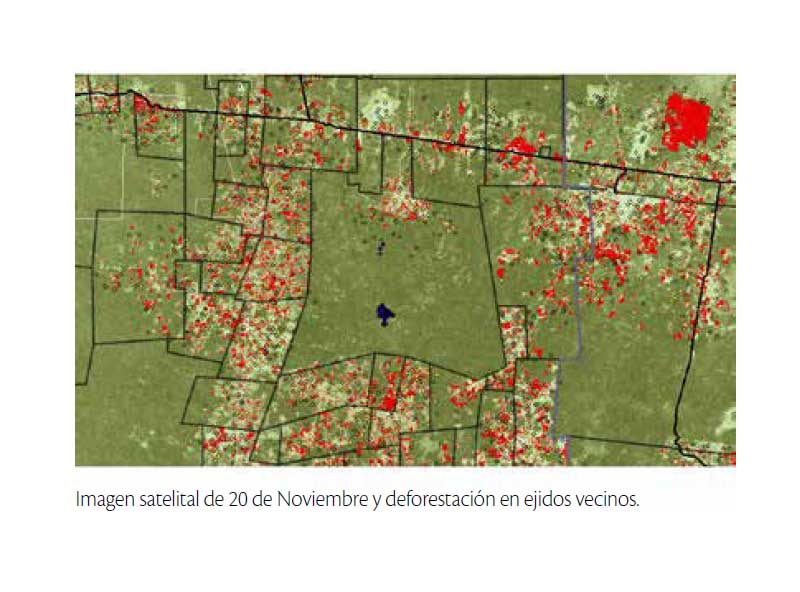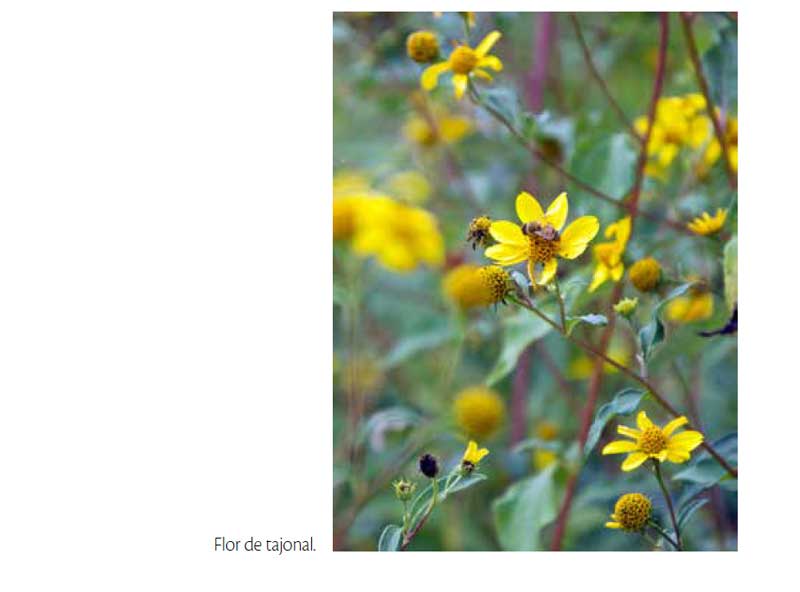Sustainable forest management in the ejido 20 de Noviembre

When walking along the trails of the ejido 20 de Noviembre, a huge number of species of birds gradually appear on the scene, including the majestic ornate hawk-eagle. Continuing along the path, the fresh tracks of a tapir reveal the biodiversity sustained in this forest, which even houses the mythical jaguar. The ejido 20 de Noviembre is a forested area southeast of Campeche surrounded by neighboring ejidos with deforested areas for crops and ranching. This begs the question: what enables this ejido to maintain their forest in good conditions? The answer is 20 years of sustainable forest management and a well-organized group of 67 landowners with ongoing technical support from Iniciativa para el Desarrollo Integral Comunitario del Sureste AC (DICOS). Don Elías Cahuich, Municipal Commissioner and leader in the community, says that 30 years ago there was no forest management in the ejido, which meant the resource has being harvested everywhere." But in 1994, with technical support, the ejido made its first inventory of 5,000 hectares, producing the first forestry management plan, at which they decided to allocate an area of 1,913 hectares for permanent community conservation. In 2005 a second forest management plan was approved to include 8,000 hectares; and in 2006 the management plan for the entire ejido is developed. As a result, the community’s economy fully revolved around wood production and forest management, and with ongoing technical advice 20 de Noviembre has managed to maintain 90% of their forests in good condition.
In 2013, an obstacle arose for 20 de Noviembre: the municipal land use plan concluded that the permanent forest area of the ejido was to be considered a protection and research area because of its good condition. This situation complicated the renewal of permits for logging, which negatively impacted the economy of the ejido, which depends 80% on this activity. Josué Isaías Kú, president of the ejido county, mentioned that the Federal Ministry of Environment and Natural Resources (SEMARNAT) has provisions to renew the permit, but that a change is needed in the municipal land use plan, and that they are working on it. "While we wait for the permit renewal, says Josué, the ejido's economy revolves around the production of honey and some temporary employment programs, which unfortunately are not as economically significant as forestry". One of the most important lessons for the ejido 20 de Noviembre revolves around this last obstacle on the need to diversify economic activities. While over the years they have proven to be very good forestry entrepreneurs, experience has shown them that an unforeseen delay in logging permits can ruin years of work without another source of income. In that sense, Juan Alberto Villaseñor says there has been a significant change in attitude to start considering other activities like beekeeping, improved milpa, conservation and ecotourism. “The greatest potential of the ejido will remain forest management, but we have the idea of ??exploring other options that complement local income.” "One of the best decisions in all these years of work, says Juan Alberto, has always been making decisions in a participatory manner". The ejido is very well organized, and is considered an example of good forest management in the region, characteristics that have allowed them to interact with other organizations such as TNC, UNDP and People and Plants International. Perhaps the next step would be to strengthen administration and marketing skills toward improved management of the wood company”.
|





















